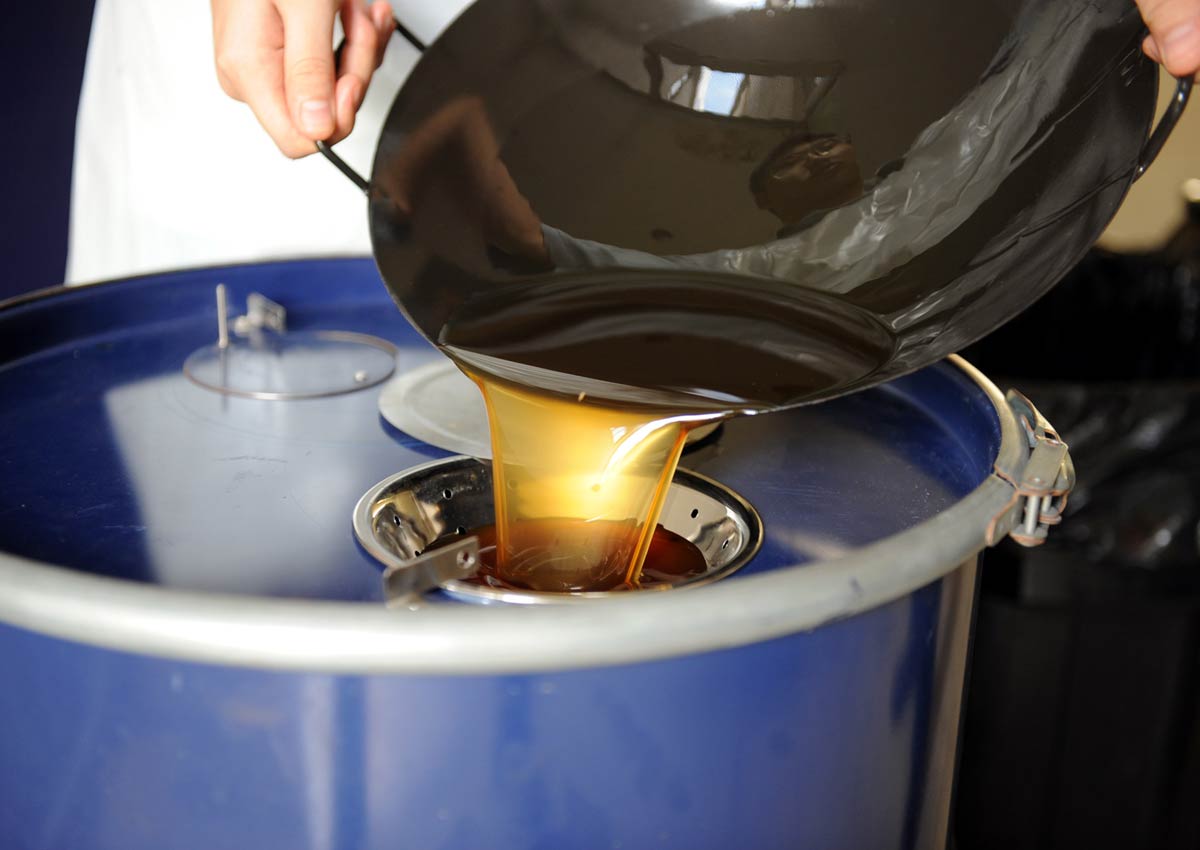

Articles
How To Store Cooking Oil
Modified: December 7, 2023
Discover the best ways to store cooking oil to keep it fresh and flavorful for longer. Read our informative articles for expert tips and advice
(Many of the links in this article redirect to a specific reviewed product. Your purchase of these products through affiliate links helps to generate commission for Storables.com, at no extra cost. Learn more)
Introduction
Properly storing cooking oil is essential for maintaining its quality, flavor, and safety. When exposed to air, heat, and light, cooking oil can undergo oxidation, leading to off flavors and decreased nutritional value. Additionally, improper storage can accelerate the spoiling process, resulting in rancid oil that can be harmful to consume.
In this article, we will explore the importance of storing cooking oil correctly and provide you with useful tips on how to extend its shelf life. We will also discuss the choice of containers, ideal storage conditions, and common mistakes to avoid. By implementing these recommendations, you can ensure that your cooking oil remains fresh, flavorful, and safe to use for longer periods.
So, whether you’re an avid home cook or a professional chef, read on to discover the best practices for storing your cooking oil and maintaining its quality.
Key Takeaways:
- Properly storing cooking oil is crucial for maintaining flavor, quality, and safety. Choose the right container, store in ideal conditions, and avoid common mistakes to ensure longevity and maximize its benefits.
- Disposing of expired or rancid cooking oil responsibly is essential. Never pour it down the drain, consider reuse or recycling, and follow proper disposal guidelines to minimize environmental impact.
Read more: How To Store Frying Oil
Importance of Properly Storing Cooking Oil
Properly storing cooking oil is essential for several reasons. Firstly, it helps to preserve the flavor and quality of the oil. When exposed to air, light, and heat, cooking oil can undergo oxidative processes that break down its chemical structure and cause it to become rancid. Rancid oil has an unpleasant taste and smell, rendering it unfit for consumption and potentially impacting the overall taste of your dishes.
Secondly, proper storage of cooking oil helps to maintain its nutritional value. Cooking oils, such as olive oil or coconut oil, contain essential fatty acids and antioxidants that provide numerous health benefits. However, exposure to light and heat can cause these beneficial compounds to degrade, reducing the nutritional value of the oil.
Furthermore, storing cooking oil in an appropriate manner is crucial to ensure food safety. Improperly stored oil can become a breeding ground for bacteria, leading to foodborne illnesses. It is important to note that using rancid or contaminated oil can pose health risks and should be avoided at all costs.
By understanding the importance of properly storing cooking oil, you can take the necessary steps to maintain its quality, flavor, and safety. The next section will discuss the factors to consider when choosing the right container for storing cooking oil.
Choosing the Right Container for Storage
When it comes to storing cooking oil, selecting the right container is crucial for maintaining its freshness and preventing spoilage. Here are some factors to consider when choosing a container:
1. Material: Opt for containers made from dark-colored glass or opaque materials, such as stainless steel or ceramic. These materials help to block out light, which can cause oxidation and degradation of the oil.
2. Sealability: Ensure that the container has a tight and secure lid. This will prevent air from entering and prolong the shelf life of the oil.
3. Size: Choose a container that is proportionate to the quantity of oil you typically use. This will minimize the headspace within the container, reducing exposure to air and limiting oxidation.
4. Temperature resistance: Cooking oil can be sensitive to temperature fluctuations. Make sure that the container you choose can withstand the storage temperature conditions in your kitchen.
5. Non-reactive material: Avoid containers made of reactive materials, such as plastic or copper, as they can interact with the oil and affect its flavor and quality.
It is worth noting that the original packaging of store-bought cooking oil, such as bottles or cans, is often designed with proper storage in mind. If the packaging meets the above criteria, you can simply keep the oil in its original container. However, if the packaging is inadequate, transferring the oil to a suitable container is recommended.
Now that you know how to choose the right container for storing cooking oil, let’s move on to discussing the ideal storage conditions to ensure its longevity and quality.
Ideal Storage Conditions for Cooking Oil
To maintain the quality and freshness of your cooking oil, it is important to store it in the proper conditions. Here are the ideal storage conditions for cooking oil:
1. Temperature: Cooking oil should be stored in a cool, dark place with a temperature between 50°F and 70°F (10°C to 21°C). Exposure to high heat can accelerate oxidation and spoilage, so avoid storing oil near stovetops, ovens, or other heat sources.
2. Light: Light can cause oxidation and degradation of cooking oil, impacting its flavor and nutritional value. Therefore, it is best to store cooking oil in a dark or opaque container and keep it away from direct sunlight.
3. Air: Air exposure can also contribute to the oxidation of cooking oil. Once opened, it is important to tightly seal the container to minimize airflow. This can help to prevent the oil from becoming rancid and extend its shelf life.
4. Moisture: Moisture can promote the growth of bacteria and spoilage of cooking oil. Ensure that the storage area is dry and free from any water sources.
5. Away from strong odors: Cooking oil can easily absorb strong odors from its surroundings. Keep it away from potent-smelling substances, such as onions, garlic, or cleaning chemicals, to prevent the oil from picking up unwanted flavors.
By storing your cooking oil under these ideal conditions, you can ensure its longevity and preserve the flavor and quality for a longer period. However, there are a few additional factors to consider when storing cooking oil, which we will discuss in the next section.
Factors to Consider When Storing Cooking Oil
In addition to the ideal storage conditions mentioned earlier, there are several other important factors to consider when storing cooking oil:
1. Quality of the oil: The quality of the oil you purchase plays a significant role in its storage. Always choose high-quality oils that are fresh and within their expiration date. Quality oils tend to have better stability and a longer shelf life.
2. Use-by dates: Pay attention to the use-by dates on the oil bottles or packaging. It is best to use the oil before the expiration date to ensure its freshness.
3. Rotation: If you frequently use cooking oil, it is important to practice first-in, first-out (FIFO) rotation. This means using the oldest oil first and replenishing your stock with fresh oil. This ensures that you are always using the oil before it becomes rancid or expires.
4. Oil type: Different types of cooking oil have varying shelf lives and stability. Some oils, like olive oil or sesame oil, have a shorter shelf life, while others, such as coconut oil or peanut oil, have a longer shelf life. Be aware of the specific storage requirements for the oil type you are using.
5. Storage container cleanliness: Before transferring or storing cooking oil, make sure that the storage container is clean and dry. Any residual food particles or moisture in the container can promote bacterial growth and spoilage.
6. Usage frequency: Consider how often you use cooking oil. If you use it frequently, it may not be necessary to store it for long periods. However, if you use it infrequently, proper storage is crucial to ensure its longevity.
By considering these factors, you can make informed decisions when storing cooking oil and ensure that it remains fresh, flavorful, and safe for consumption. In the next section, we will discuss common mistakes to avoid when storing cooking oil.
Store cooking oil in a cool, dark place away from heat and light to prevent it from becoming rancid. Make sure the container is tightly sealed to maintain freshness.
Read more: How To Store Fry Oil
Common Mistakes to Avoid when Storing Cooking Oil
When it comes to storing cooking oil, there are several common mistakes that people often make. By avoiding these mistakes, you can prolong the shelf life of your cooking oil and maintain its quality. Here are some common mistakes to watch out for:
1. Exposure to heat and sunlight: One of the most common mistakes is storing cooking oil in a location that is exposed to heat and sunlight. Heat and light can accelerate the deterioration of oil, leading to rancidity and loss of flavor. Avoid storing oil near stovetops, ovens, or windows that receive direct sunlight.
2. Improper sealing: Failing to properly seal the container can expose the oil to air, which can lead to oxidation and spoilage. Make sure the container’s lid is tightly secured to prevent air from entering. Additionally, if you transfer oil to a different container, ensure that it has a tight-fitting lid.
3. Storing near strong odors: Cooking oil can absorb strong odors from its surroundings, which can affect its flavor. Avoid storing oil near pungent-smelling food items or cleaning chemicals. It is best to store oil in a separate location away from odorous substances.
4. Overfilling the container: Filling the container to the brim or leaving too much headspace can negatively impact the oil’s shelf life. Overfilling can cause the oil to come into contact with air, while excessive headspace can lead to increased oxidation. Aim for a moderate fill level, leaving enough space for expansion if needed.
5. Storing in the refrigerator: While the refrigerator can help to extend the shelf life of certain food items, it is not recommended for storing cooking oil. Cold temperatures can cause the oil to solidify or become cloudy, altering its texture and potentially impacting its flavor.
6. Ignoring storage instructions: Different types of cooking oil have varying storage requirements due to their composition and stability. Check the manufacturer’s instructions for specific guidelines and recommendations on storing a particular type of oil.
By avoiding these common mistakes and following proper storage practices, you can ensure that your cooking oil remains fresh, flavorful, and safe for consumption. Now let’s move on to some tips for extending the shelf life of cooking oil.
Tips for Extending the Shelf Life of Cooking Oil
Extending the shelf life of cooking oil is important to maximize its usability and prevent waste. Here are some tips to help prolong the freshness and quality of your cooking oil:
1. Store in a cool, dark place: As mentioned earlier, heat and light can cause oil to become rancid more quickly. Keep your cooking oil stored in a cool, dark pantry or cupboard away from direct sunlight and heat sources like stovetops or ovens.
2. Avoid exposure to air: Oxidation is one of the main factors that deteriorate the quality of cooking oil. Always ensure the container is tightly sealed after each use to minimize air exposure.
3. Keep the container clean: Make sure the container you store your oil in is clean and free from any residue or contaminants. This will help prevent bacterial growth and maintain the quality of the oil.
4. Use clean utensils: When using cooking oil, always use clean utensils to prevent introducing any contaminants into the bottle. Avoid using your fingers or dirty spoons to scoop out oil, as this can introduce bacteria into the container.
5. Avoid reusing oil excessively: While some cooking oils, such as high-quality olive oil, can be reused, it is important to exercise caution. Reusing oil repeatedly can lead to the accumulation of harmful substances and decreased quality. Dispose of used oil after a reasonable number of uses or when it starts to degrade in flavor or appearance.
6. Monitor the oil’s appearance and smell: Regularly check for any signs of degradation in your cooking oil. If it develops an off odor, a rancid smell, or appears cloudy or discolored, it is best to discard it and replenish with fresh oil.
7. Consider refrigerator storage for select oils: Although refrigeration is not recommended for all types of cooking oil, some oils, such as nut oils, can benefit from being stored in the refrigerator to extend their shelf life. Be sure to check the specific recommendations for the oil you are using.
By following these tips, you can help to extend the shelf life of your cooking oil and ensure that it remains fresh, flavorful, and safe to use for as long as possible. Next, let’s discuss how to dispose of expired or rancid cooking oil properly.
How to Dispose of Expired or Rancid Cooking Oil
Properly disposing of expired or rancid cooking oil is important for both environmental and safety reasons. Here are some guidelines to help you dispose of cooking oil in a responsible manner:
1. Do not pour down the drain: It is crucial to never pour cooking oil down the drain or flush it down the toilet. Oil can solidify and cause clogs in pipes, leading to costly plumbing issues and potential damage to the environment.
2. Reuse or recycle if possible: If the cooking oil is still usable despite being expired, consider reusing it for non-food purposes. For example, you can use it as a lubricant or to condition wooden cutting boards. Alternatively, some recycling programs or facilities may accept used cooking oil for biodiesel production.
3. Solidify and dispose of in the trash: If reuse or recycling is not an option, you can solidify the cooking oil to make it easier and safer to dispose of. Pour the cool, expired or rancid oil into a disposable container, such as a sealed plastic bag or empty milk carton, and allow it to solidify. Once solidified, you can safely dispose of it in the regular trash.
4. Check local recycling programs: Some communities offer recycling programs specifically for used cooking oil. Check with your local recycling center or municipality to see if they have established guidelines for recycling or disposing of cooking oil.
5. Seek professional disposal: In some cases, particularly with large quantities of cooking oil, it may be necessary to seek professional disposal services. Local waste management companies or recycling centers may provide guidance or services for proper disposal.
Remember, it is important to never try to burn or dispose of cooking oil by dumping it in natural areas, such as forests or bodies of water. Improper disposal can have severe negative consequences for the environment and wildlife.
By following these disposal guidelines, you can ensure that expired or rancid cooking oil is safely and responsibly disposed of. Now, let’s recap what we’ve covered in this article.
Conclusion
Properly storing cooking oil is essential for preserving its quality, flavor, and safety. By following the guidelines and tips provided in this article, you can ensure that your cooking oil remains fresh, flavorful, and safe to use for an extended period.
Choosing the right container, such as a dark-colored glass or opaque material, with a tight seal is crucial to protect the oil from air, light, and moisture. Storing the oil in a cool, dark place away from heat sources and strong odors helps to maintain its freshness and prevent rancidity.
Factors like the quality of the oil, usage frequency, and adhering to storage instructions all contribute to maximizing the shelf life and maintaining the quality of cooking oil. It is important to monitor the oil’s appearance and smell and discard it if it becomes rancid or shows signs of degradation.
Furthermore, it is essential to properly dispose of expired or rancid cooking oil. Never pour it down the drain, but consider reusing or recycling if possible. Solidifying the oil and disposing of it in the trash is a safe alternative, and local recycling programs or waste management services may offer further guidance.
By implementing these best practices and avoiding common mistakes, you can enjoy the full benefits of your cooking oil while minimizing waste and environmental impact.
Remember, the quality of your cooking oil greatly affects the taste and nutritional value of your dishes. By taking proper care of your cooking oil, you can elevate your culinary creations and ensure a delightful dining experience every time.
So, the next time you reach for that bottle of cooking oil, remember to store it correctly and make the most out of its longevity. Happy cooking!
Frequently Asked Questions about How To Store Cooking Oil
Was this page helpful?
At Storables.com, we guarantee accurate and reliable information. Our content, validated by Expert Board Contributors, is crafted following stringent Editorial Policies. We're committed to providing you with well-researched, expert-backed insights for all your informational needs.
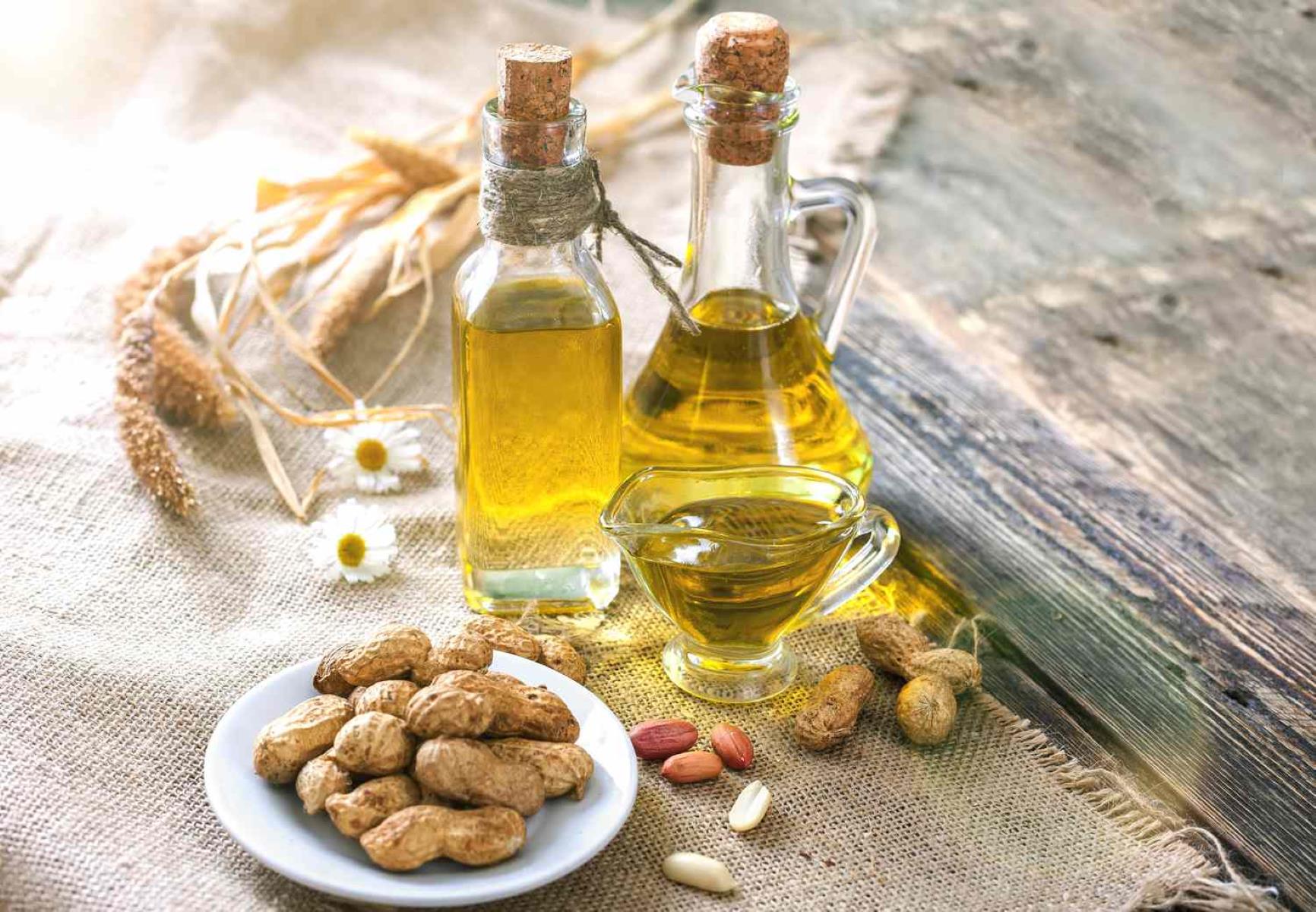
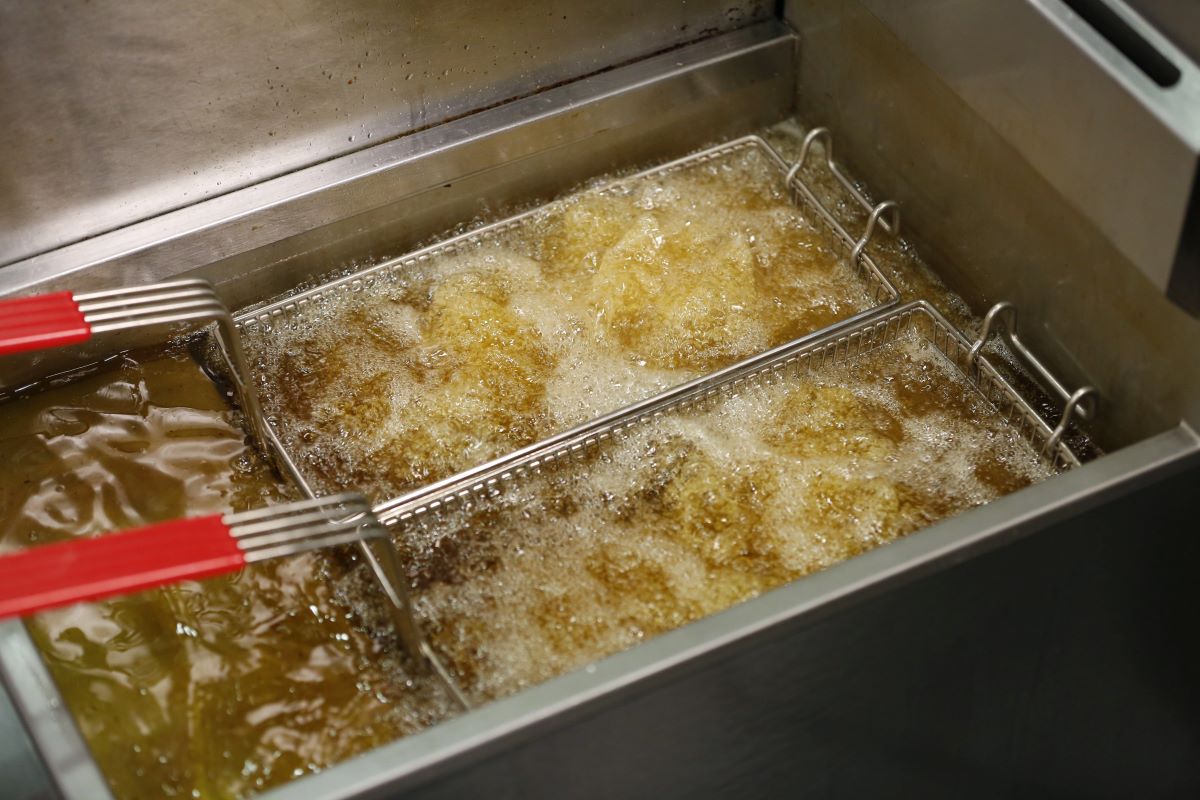
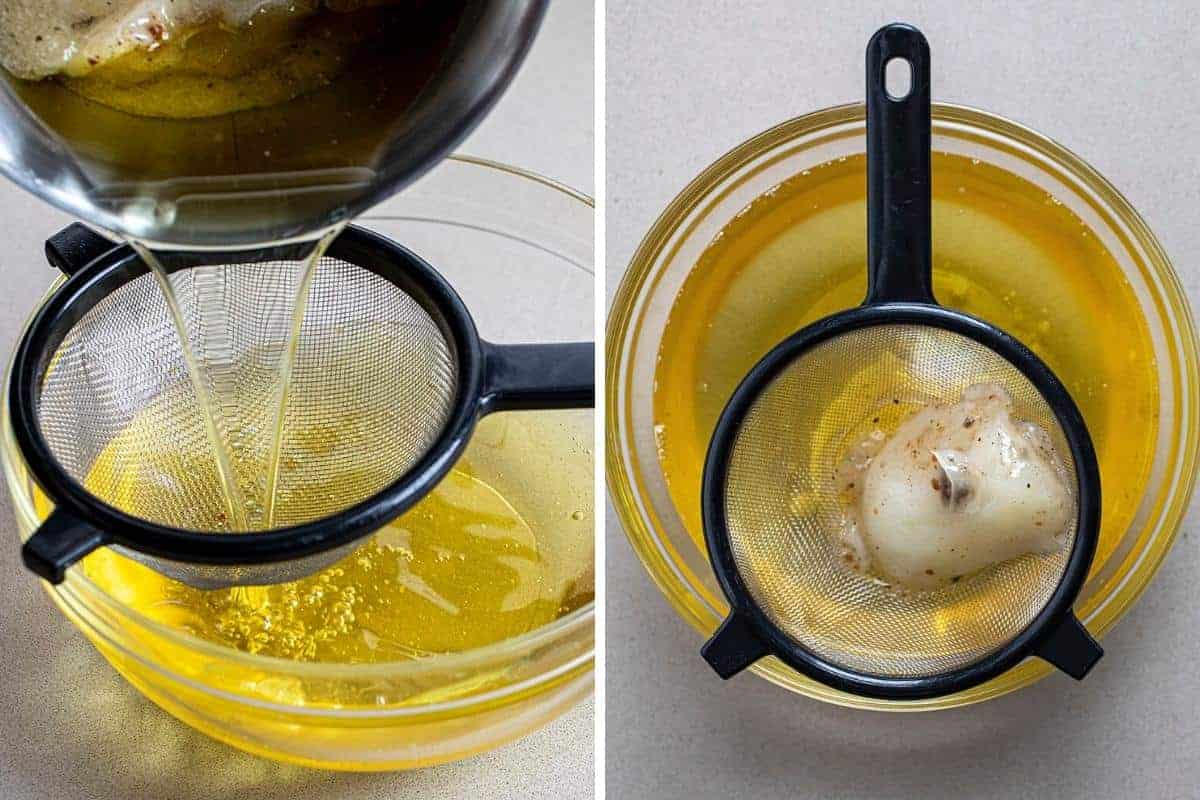
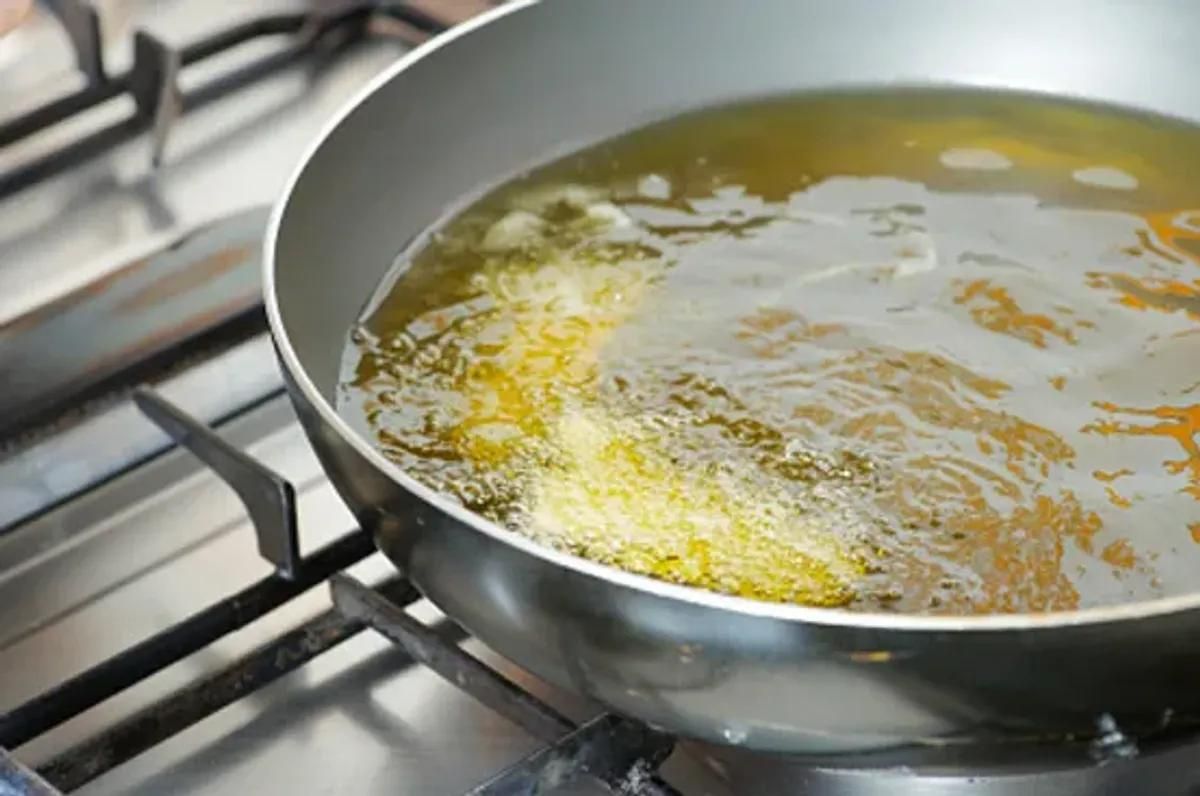
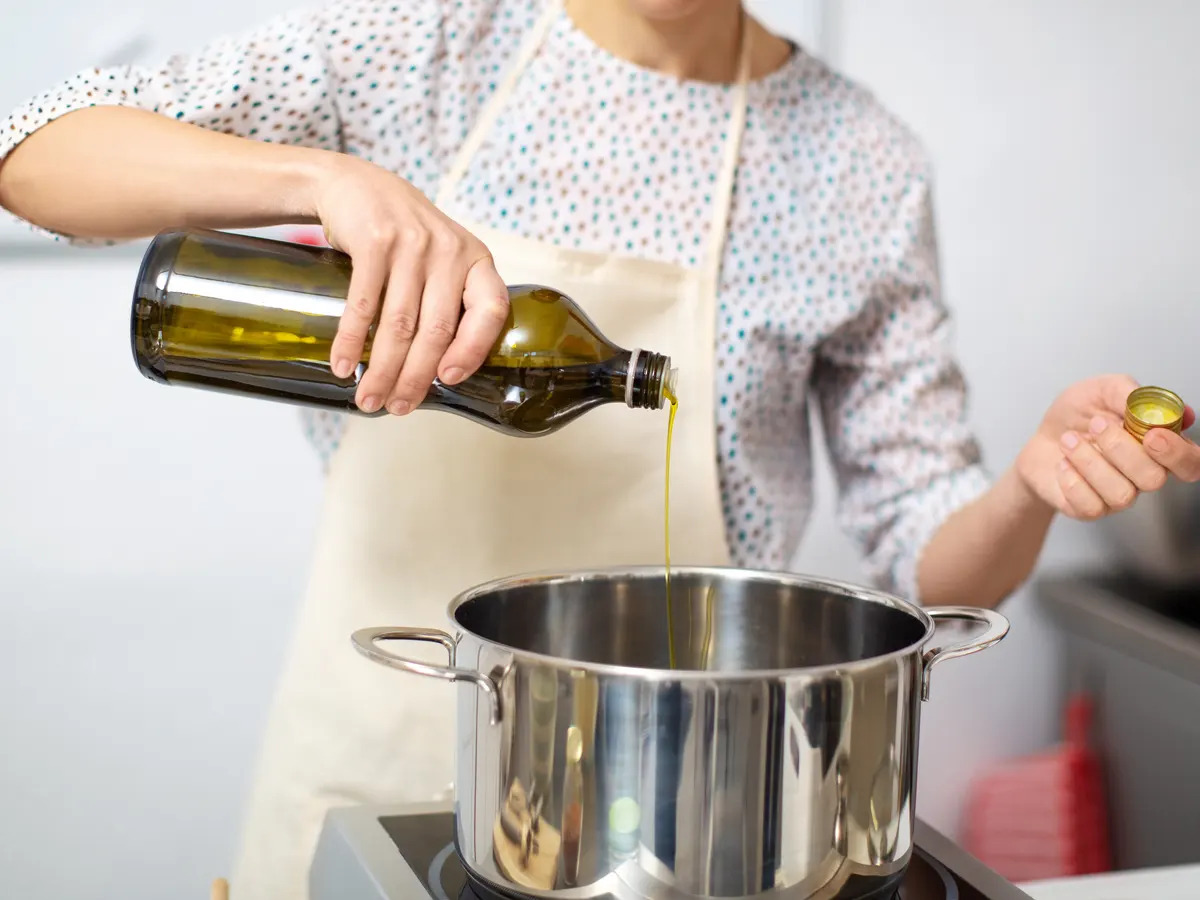
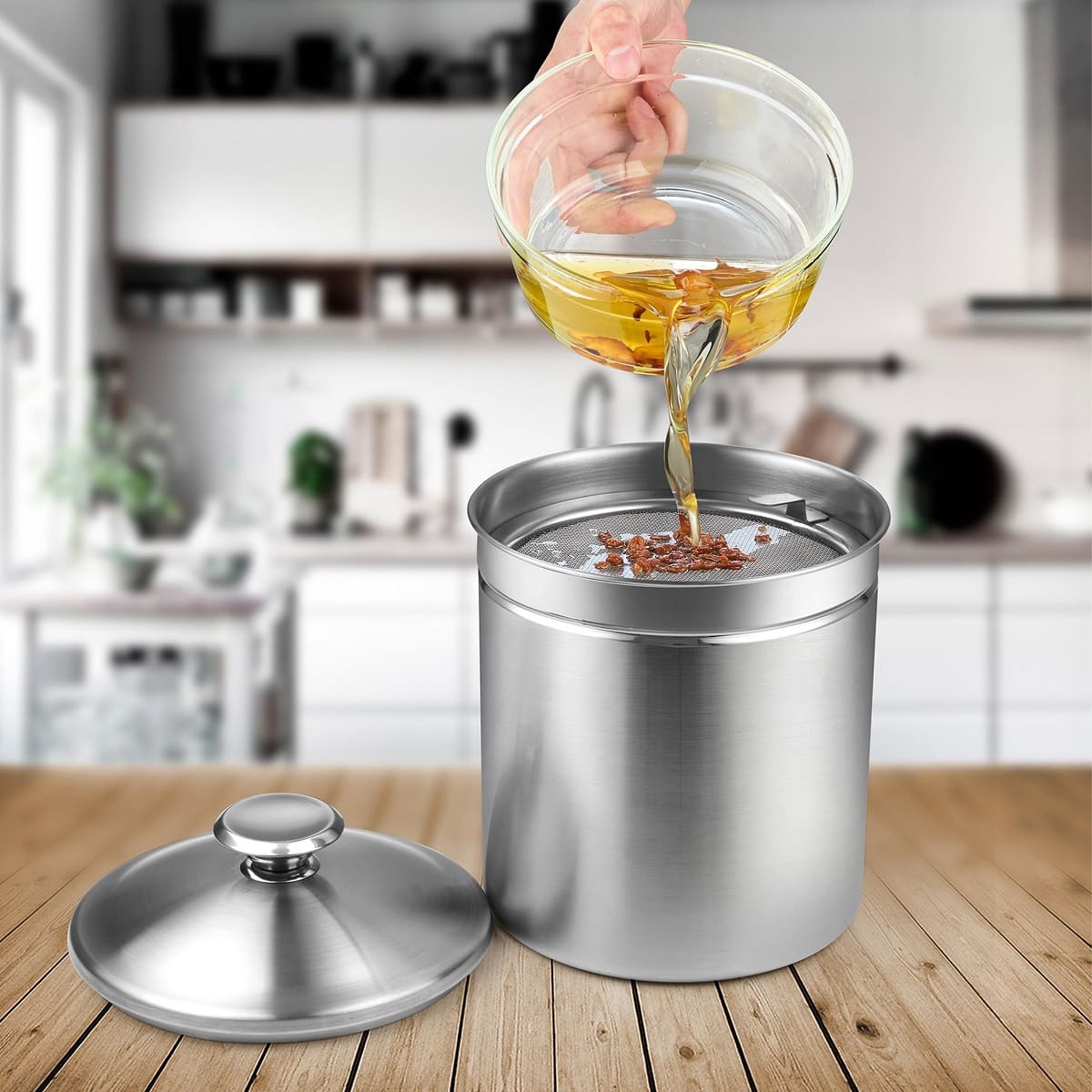
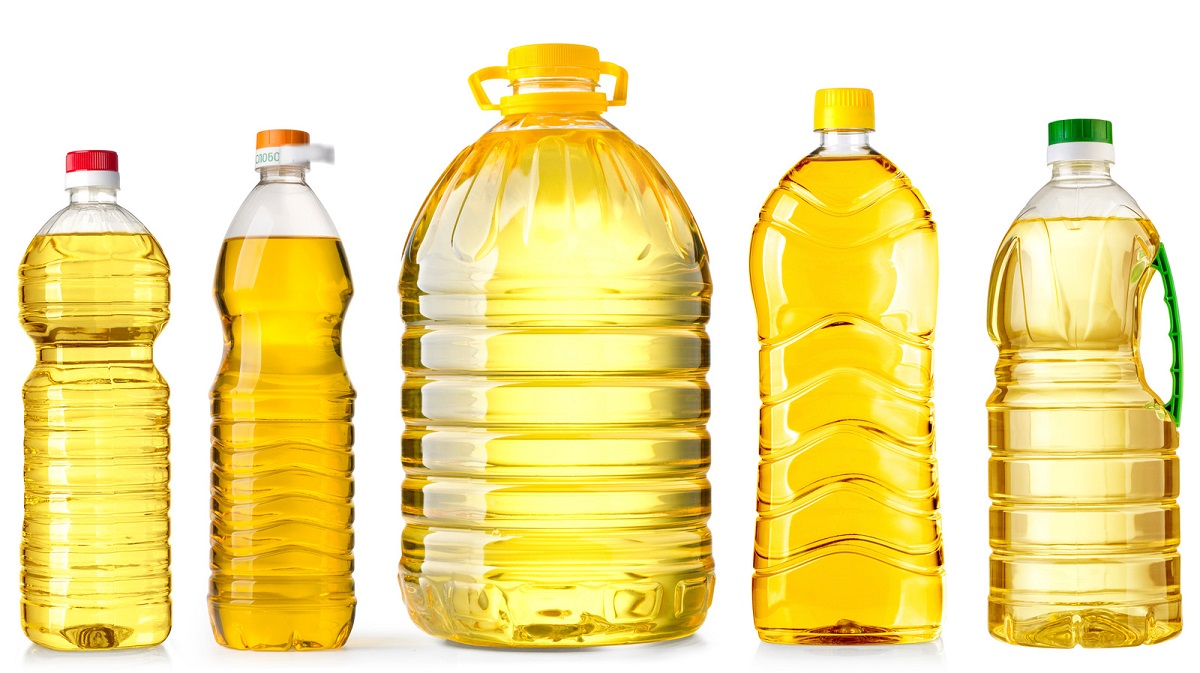
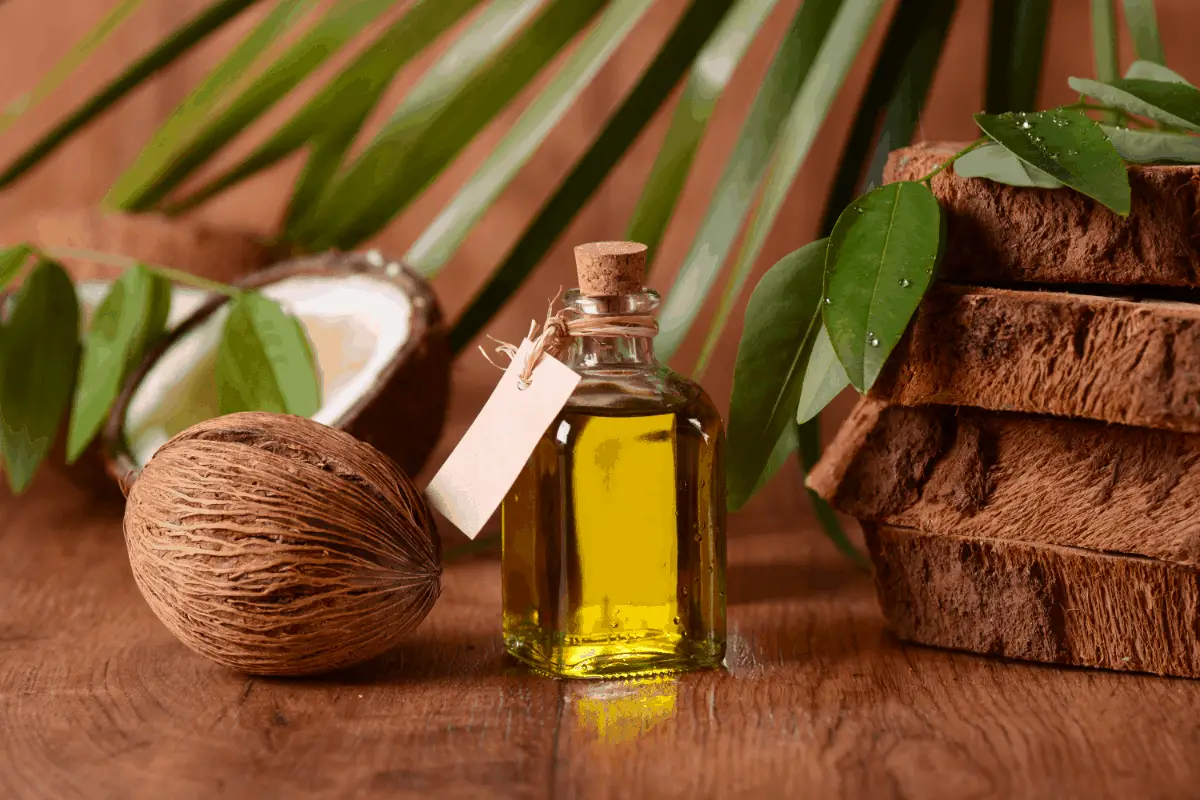
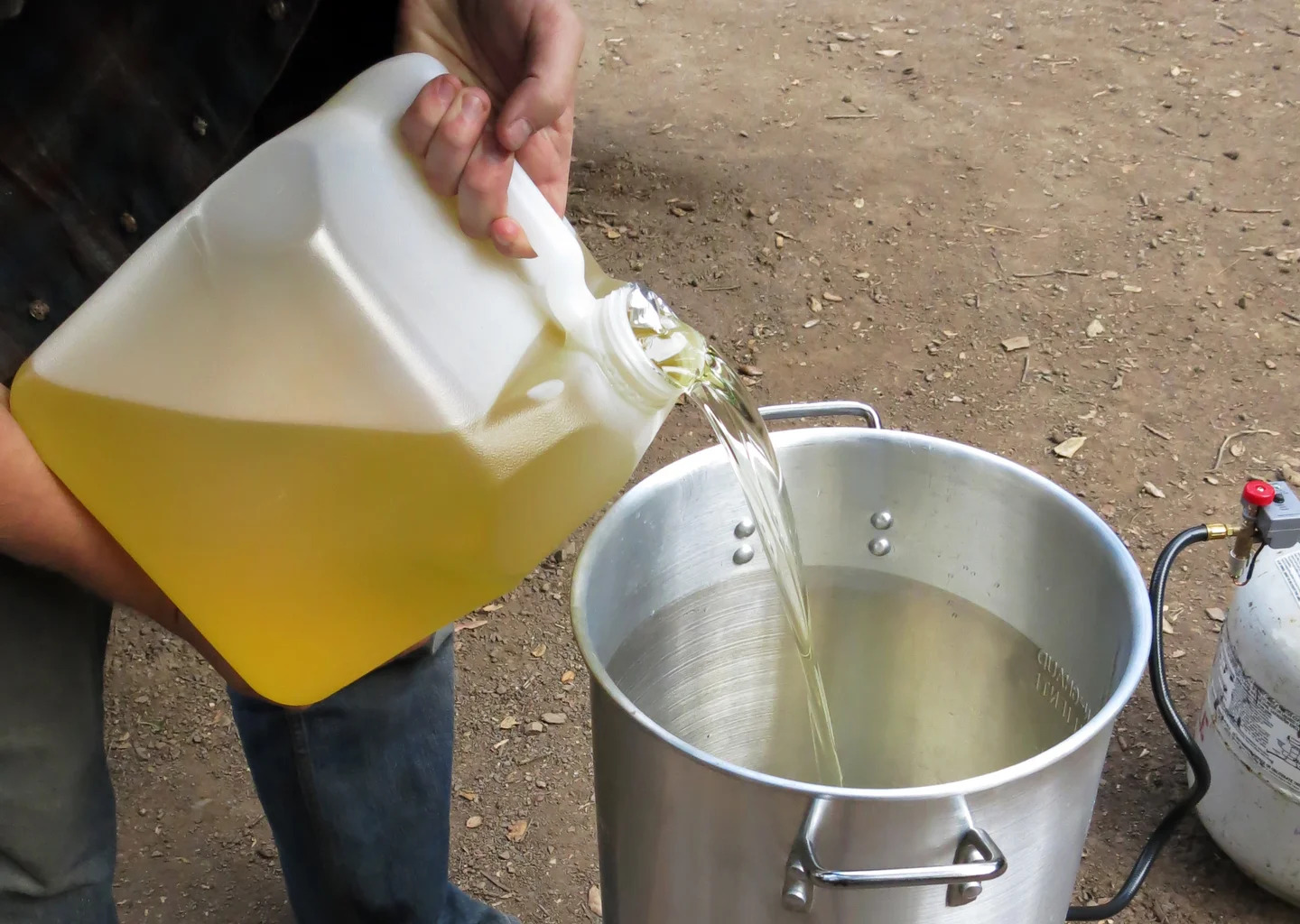

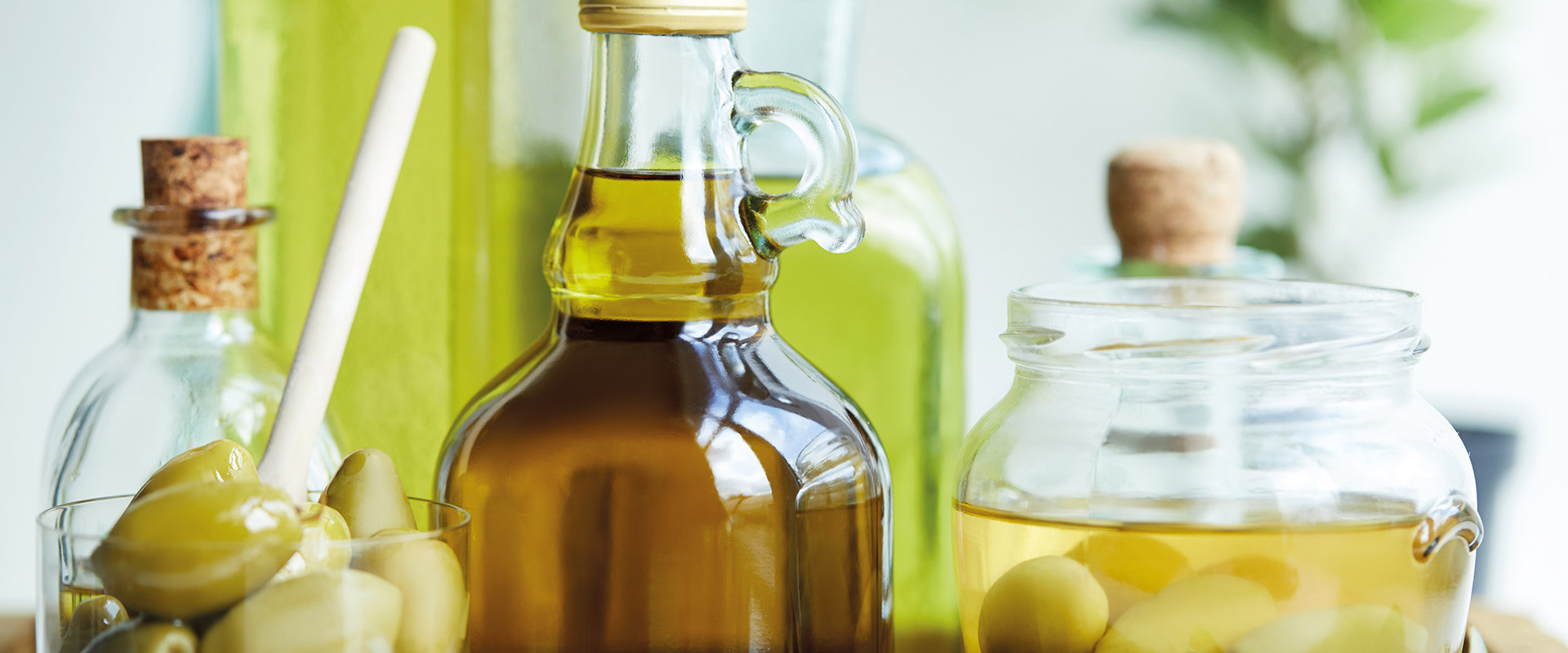

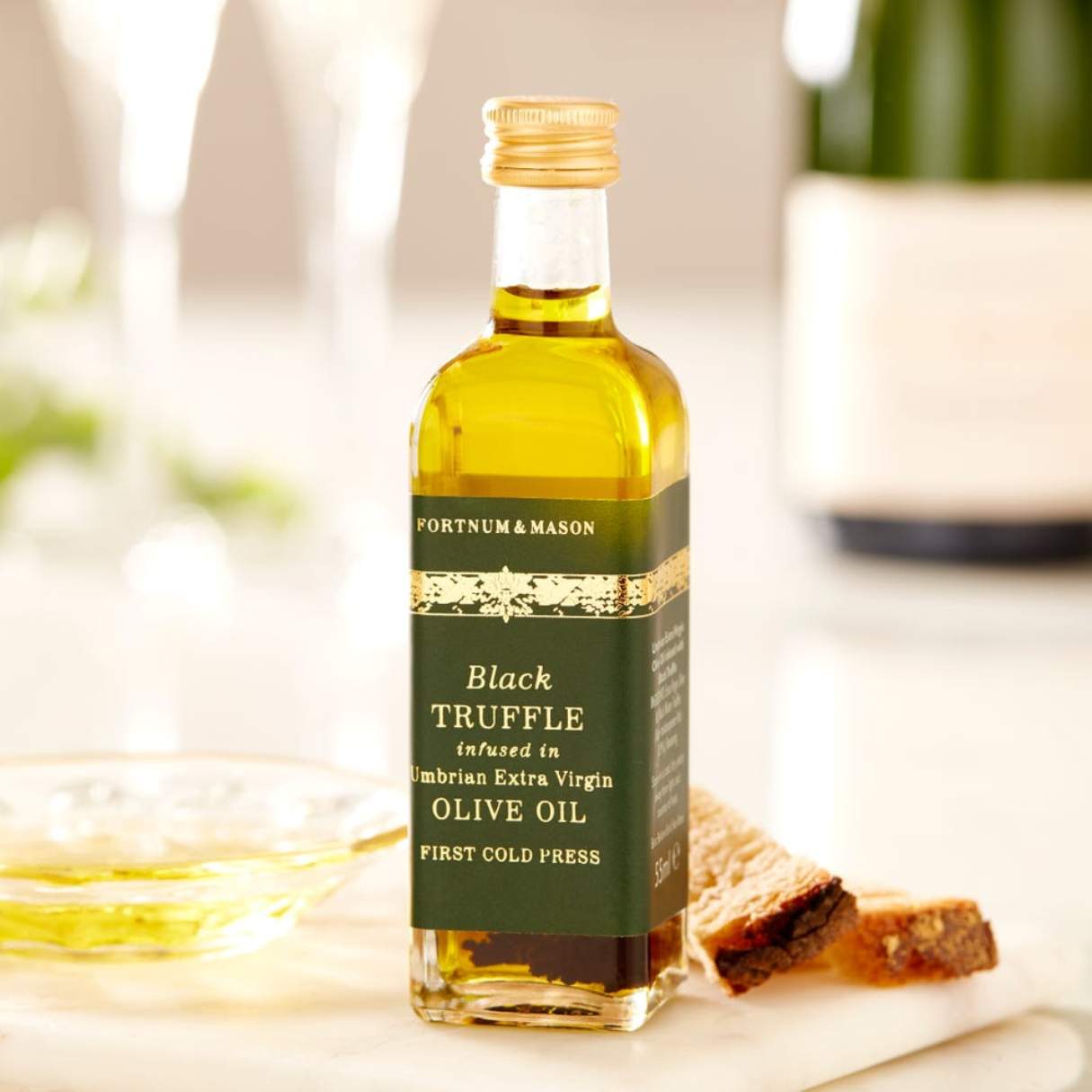
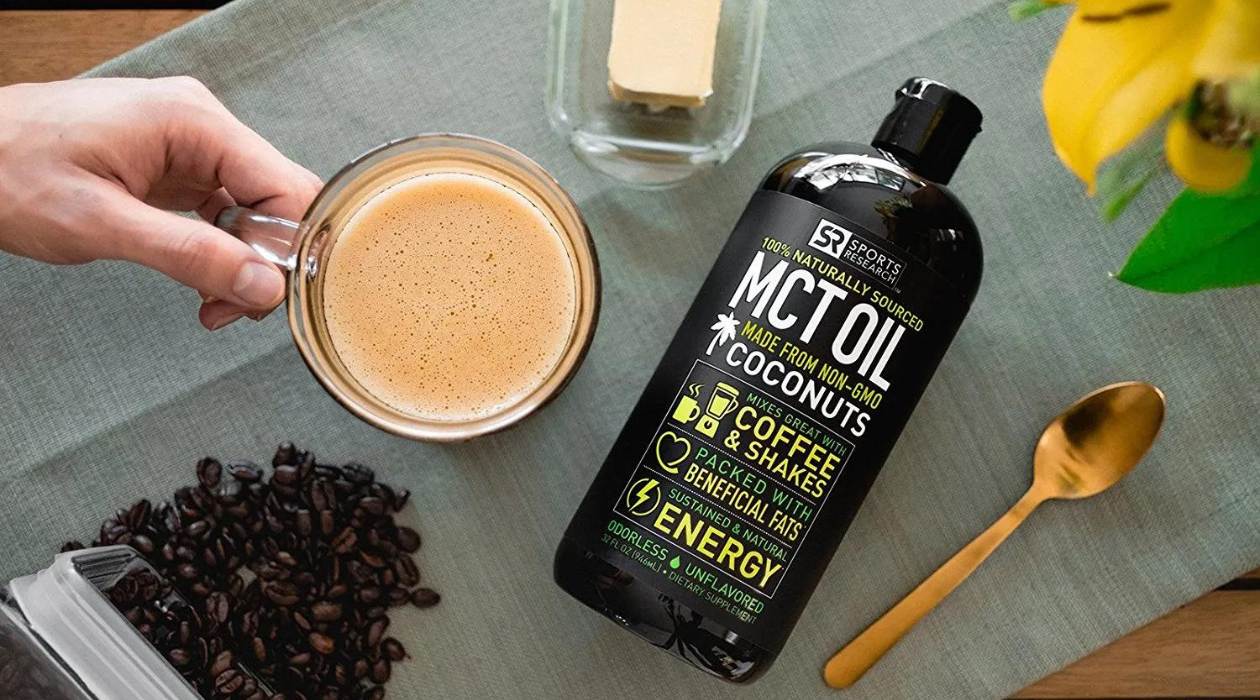

0 thoughts on “How To Store Cooking Oil”